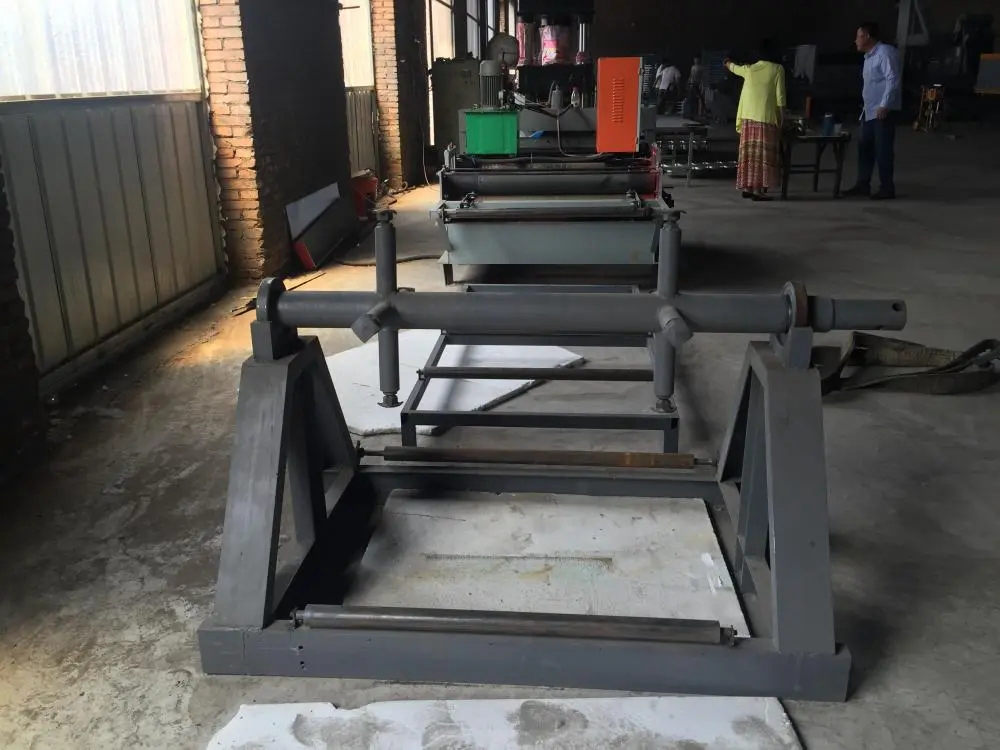
Understanding the Slitting and Cut-to-Length Processes in Metal Fabrication
In the metal fabrication industry, precise cutting and shaping of materials are essential for the production of high-quality components. Two vital processes involved in this domain are slitting and cut-to-length. Both methods serve distinct purposes but share the common goal of producing usable metal strips and sheets that meet specific dimensional and quality standards.
What is Slitting?
Slitting is a process that involves cutting wide rolls of material into narrower strips. This technique is primarily employed for materials such as steel, aluminum, and other metals that are supplied in coil form. The slitting process uses rotary knives that slice through the width of the material, producing multiple narrower strips simultaneously.
CNC (Computer Numerical Control) technology is often integrated into slitting machines, enhancing precision and efficiency. The slitting process is beneficial for manufacturers who require specific widths for their subsequent fabrication or assembly processes. The resulting strips can be used in various applications, including automotive components, appliances, and structural materials.
Advantages of Slitting
One of the primary advantages of slitting is its efficiency. The ability to produce narrow strips in a continuous operation significantly reduces waste and handling time. By cutting only the required widths from a parent coil, manufacturers can minimize scrap material, leading to cost savings.
Additionally, slitting allows for a diverse range of material types and thicknesses. It can accommodate various alloys, surface finishes, and coatings, providing versatility for different applications. As industries evolve and demand tighter tolerances and specifications, advancements in slitting technology, such as laser and water jet systems, continue to emerge, further enhancing capabilities.
What is Cut-to-Length?

Cut-to-length is a process used to convert large coils of metal into shorter, predetermined lengths. Unlike slitting, which focuses on width, cut-to-length operations target the length of the material. The material is unwound from coils and fed through a series of cutting devices that slice it into specific lengths required by manufacturers.
The cut-to-length process is particularly advantageous for producing sheets or strips of metal that will be used in applications where exact dimensions are critical. Industries such as construction, HVAC, and manufacturing commonly utilize this process to produce components that fit precise specifications.
Advantages of Cut-to-Length
The primary benefits of cut-to-length processes include precision and flexibility. Manufacturers can easily adjust the cut lengths according to their needs, which is essential in projects that require specific measurements. This adaptability makes cut-to-length an integral part of many supply chains.
Moreover, cut-to-length operations can be tailored to accommodate various materials and thicknesses. Whether dealing with stainless steel, mild steel, or non-ferrous metals, this process ensures that the final product meets stringent quality and dimensional requirements.
Integration of Both Processes
In practice, slitting and cut-to-length processes often work hand in hand within metal fabrication facilities. A manufacturer may first slit a wide coil of metal into narrower strips, which are then further processed through cut-to-length machinery to produce the end product needed for specific applications. This synergistic approach maximizes efficiency, minimizes waste, and ensures that manufacturers can meet the high demands of their customers.
Conclusion
In summary, slitting and cut-to-length processes play crucial roles in the metal fabrication industry. By allowing for precise control over both width and length dimensions, these methods enhance the overall efficiency and quality of metal products. As technology continues to advance, the integration of automation and innovative cutting techniques will further streamline these processes, positioning manufacturers to adapt to ever-changing market needs. Understanding these processes is essential for anyone involved in the production of metal components, as they are foundational to achieving excellence in fabrication.